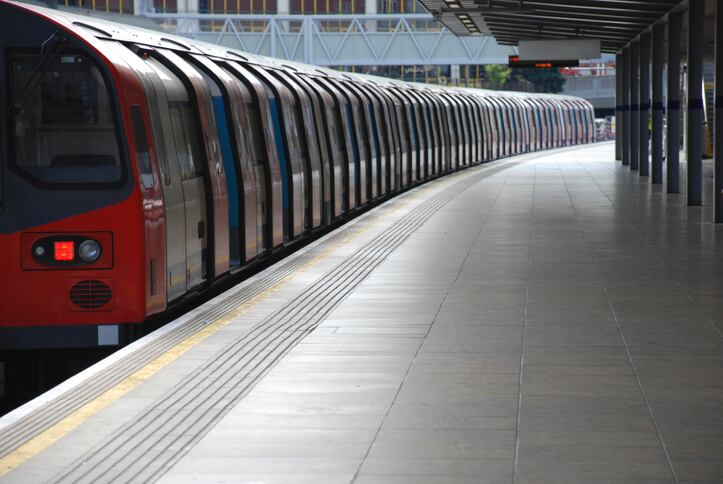Introduced in February 2019 to help tackle childhood obesity in the capital, the policy has put advertising restrictions on advertising across the network, including the London Underground, the RfL Rail network, and at bus stops.
Published in PLOS Medicine, a study from the London School of Hygiene and Tropical Medicine has now analyzed data on nearly two million grocery purchases of HFSS foods and drinks to estimate the effect of the policy.
The researchers found that households purchased 1,000 less calories from HFSS products per week, a reduction of 6.7%. Chocolate and confectionery saw the sharpest decrease with weekly purchases falling by 318 calories, a 20% reduction. Overall, Londoners were on average buying the equivalent of just under one and a half milk chocolate bars less per week.
And yet in sugary drinks, small (insignificant) increases were observed for energy purchased from sugary drinks.
Researchers suggest this could be down to the proliferation of low and zero calorie drinks in the marketplace. Aside from the fact that these already offer low calorie consumption, it also means brands with a spectrum of different calorie brands could continue to have the same brand visibility as before.
"For brands selling products with no policy-compliant alternatives (e.g., chocolate and confectionery), advertising was no longer possible," notes the study.
“For brands with policy-compliant alternative products (e.g., low or zero calorie drinks), brand advertising continued even though advertisement of specific products was restricted. This may explain the lack of change in sugary drink, sugary cereal, and savory snack purchases—product categories that often have non-HFSS substitutes.
“Brands ceasing advertising because they had no policy-compliant products may have also created advertising space for brands that have policy-compliant products, allowing them to increase visibility and penetration of their brands.”
Such innovation in low and zero calorie drinks also means that calories from beverages have already been drastically reduced over recent years (Kantar Worldpanel data shows that take-home sugar from soft drinks in the UK was down by 43.5% between March 2014 and March 2020).
Meanwhile, the UK’s Soft Drinks Industry Levy, a tax on sugar-sweetened beverages introduced in 2018, is also credited with reducing calories in soft drinks (responsible for a reduction in intake of nearly 6,500 calories from soft drinks per annum per UK resident, according to a 2021 study) and efforts from manufacturers to reformulate in the years before the tax was introduced.
As a result, soft drinks have already shifted their portfolio to favor more low and zero calorie products, thus leaving them less vulnerable to the HFSS advertising ban than other categories where voluntary calorie reduction has had little effect.
The study’s authors acknowledged limitations of the study, including that it was focused on products to take home (grocery purchase) and did not include takeaway purchases from fast-food outlets, restaurants, cafes etc.
The UK's Health Bill is set to ban unhealthy food and drink from being advertised online and before 9pm on TV by January 2023.
Study: Yau A, Berger N, Law C, Cornelsen L, Greener R, Adams J, et al. (2022) Changes in household food and drink purchases following restrictions on the advertisement of high fat, salt, and sugar products across the Transport for London network: A controlled interrupted time series analysis. PLoS Med 19(2): e1003915. https://doi.org/10.1371/journal.pmed.1003915

